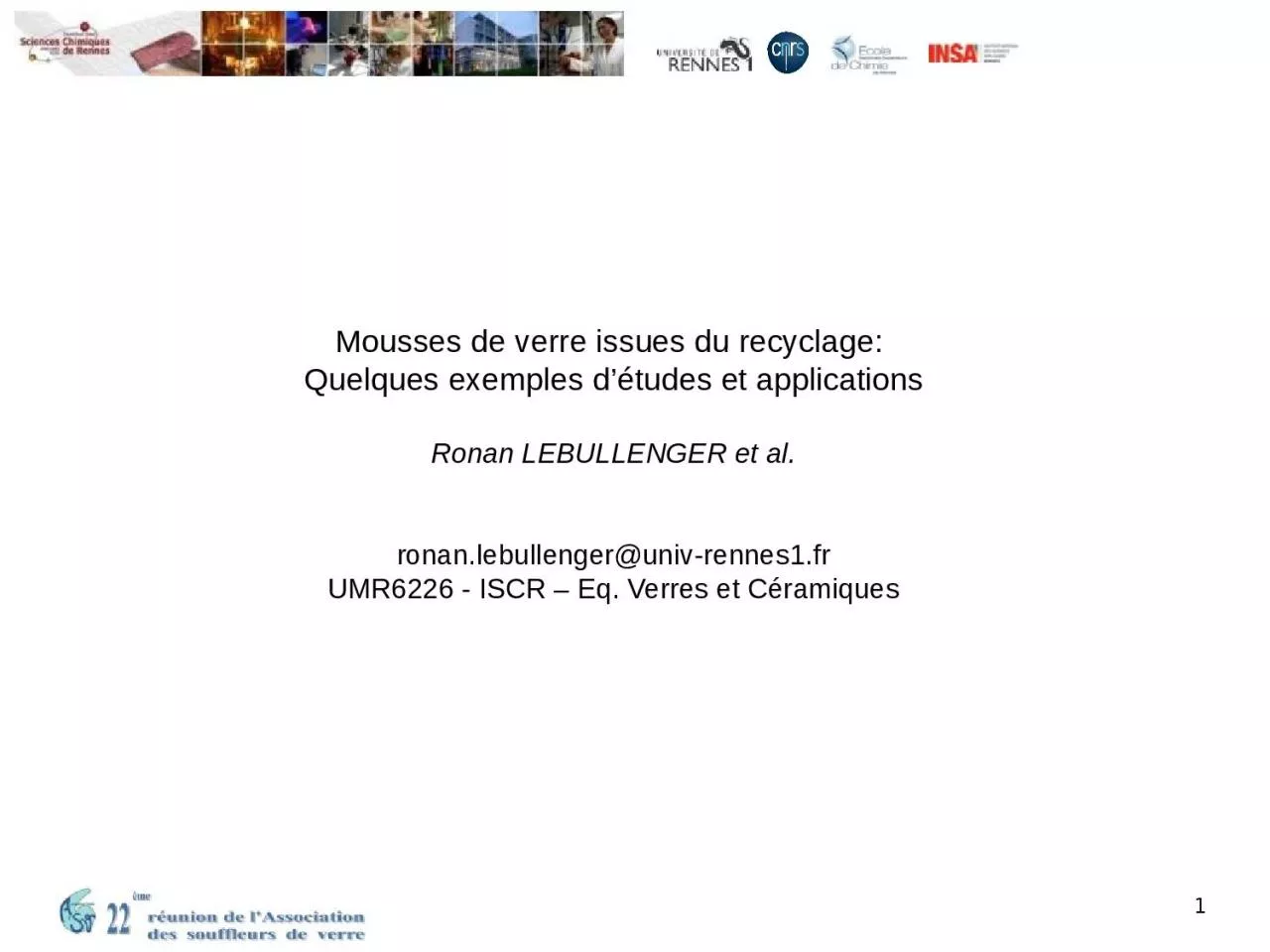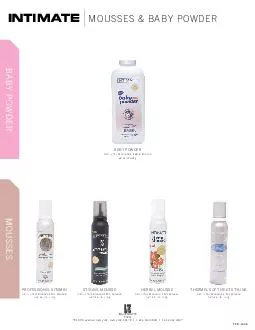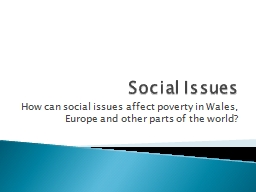PPT-Mousses de verre issues du
Author : cadie | Published Date : 2023-09-23
recyclage Quelques exemples détudes et applications Ronan LEBULLENGER et al ronanlebullengerunivrennes1fr UMR6226 ISCR Eq Verres et Céramiques 1 Rennes
Presentation Embed Code
Download Presentation
Download Presentation The PPT/PDF document "Mousses de verre issues du" is the property of its rightful owner. Permission is granted to download and print the materials on this website for personal, non-commercial use only, and to display it on your personal computer provided you do not modify the materials and that you retain all copyright notices contained in the materials. By downloading content from our website, you accept the terms of this agreement.
Mousses de verre issues du: Transcript
Download Rules Of Document
"Mousses de verre issues du"The content belongs to its owner. You may download and print it for personal use, without modification, and keep all copyright notices. By downloading, you agree to these terms.
Related Documents














